During the Olympics, a few walking trails have been set up around London to encourage tourists, visitors, and Londoners to get exercise and discover the city. There are six walking trails with over eighty life-size mascot statues along the trail routes. The trails will be available with the life-size mascots until September 9.
The trails cover various areas of London. One trail covers South Bank, Borough Market, Potter's Fields, Tower Bridge, Tower of London, Monument, and St. Paul's Cathedral. Another visits Leadenhall Market, Brick Lane, and Spitalfields. Another allows visitors to walk through Regent's Park. Another starts near Westminster Abbey and continues down Lambeth Bridge past Westminster Bridge (south of the river) to the London Eye. Another explores the West End (Covent Garden and Leicester Square), and the final trail explores Mayfair.
I managed to walk all trails on one Saturday. (Yes, I was exhausted by the end of the day, but the weather was gorgeous, a friend joined me for the first two trails, and interesting exercise was welcomed.) As I am already familiar with London, I managed to combine the City trails into one trail. However, with all of the trails combined, the distance is 23km. I managed to photograph all of the mascots.
Others were enjoying the trails, but I saw far less enjoying them when compared with similar events. many of the admirers of the mascots seemed to be tourists who happened upon them, with the mascots in the touristy areas proving to be popular.
The trails (known collectively as 'Stroll') have been created by the Mayor of London as part of the Olympics, and trail details can be found here: http://www.molpresents.com/stroll
My first trail of the day was the Blue Trail, which covers the City and passes St. Paul's Cathedral, Monument, Tower Bridge, Tower of London, and South Bank (Globe Theatre). Some of my favourite mascots are shown below.
The City Gent Wenlock, located in Cheapside. Telephone Wenlock, located outside St. Paul's Cathedral. St. Paul's Mandeville, located between St. Paul's Cathedral and Millennium Bridge.
Beefeater Mandeville, located in front of Tower of London. Skyline Wenlock, located near City Hall.
Rainbow Wenlock, located near Southwark Bridge on the South Bank. Pirate Wenlock, located in front of the Golden Hinde.
The next trail I completed was the Yellow Trail, and I was able to combine this trail with the Blue Trail to make it more efficient. Both trails were my usual weekday haunts when I worked in the City. The Yellow Trail covered the heart of the City, from Leadenhall Market, Aldgate, Brick Lane, and Spitalfields.
Londinium Wenlock and Leadenhall Market Wenlock, both located in Leadenhall Market. Punk Wenlock (actually, this is Mandeville), located near Aldgate.
Park Wenlock and Sari Wenlock, both located on Brick Lane.
Dickens Wenlock, near Brick Lane. Victorian Mandeville, located near Spitalfields Market.
Spicy Wenlock, located on Brisk Lane. Pearly Mandeville, located outside Spitalfields Market.
The next trail I completed was the Purple Trail, which went through Mayfair, past Piccadilly Street, Bond Street, and Regent Street.
Dog Walker Wenlock on South Molton Street in Mayfair. Cycling Mandeville (actually, this looks like Wenlock to me), located near Hanover Square. Plane Trees Wenlock, located in Berkley Square.
Tyger Tyger Mandeville in Berkley Square. Queen's Guard Wenlock, across from the Ritz. Gemstones Wenlock on Piccadilly Street. Red Bus Wenlock, located at Piccadilly Circus.
Groovy Wenlock, located on Regent Street opposite from Carnaby Street.
As the previous trail blended close to the Pink Trail, I walked this one next. This trail covered Covent Garden, Leicester Square, and circled back toward Charing Cross.
Trafalgar Wenlock near Trafalgar Square. Performer Wenlock on Long Acre. Tourist Wenlock in Covent Garden.
Cleopatra's Needle Wenlock and Embankment Wenlock, both in the gardens near Savoy Place on the embankment.
The Green Trail in Regent's Park was my next stop. It was a beautiful day to take a walk in the park.
Union Flag Wenlock, Regency Mandeville and Animal Wenlock, in Regent's Park.
Midsummer Night Wenlock, Sherlock Holmes Wenlock, Deckchair Wenlock, and detail of Victorian Wenlock (actually, I think it's Mandeville) - all located in Regent's Park.
Before leaving London, I completed the Red Trail, which started near Westminster Abbey and went across Lambeth Bridge, on the south side of the river and finished near the London Eye. I took a lot of photographs of the mascots in front of Big Ben and the Houses of Parliament.
A-Z Map Wenlock and Garden Wenlock, on both sides of Lambeth Bridge. Tourist Mandeville, across the river from Big Ben. Lambeth Palace Wenlock, in front of Lambeth Palace.
Ceremonial Speaker Wenlock, located opposite Big Ben. Big Ben Wenlock, located near London Eye and County Hall.
I hope you have enjoyed my photographs. Have you been spotting the mascots and walking the trails? Do you have a favourite mascot?
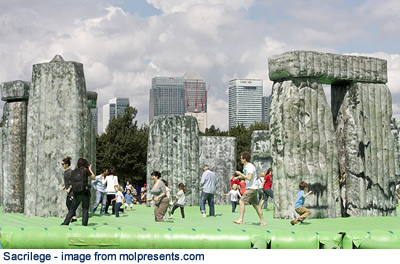
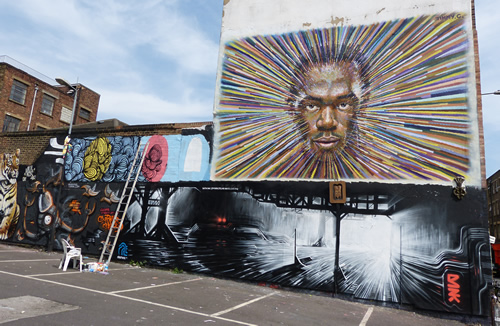
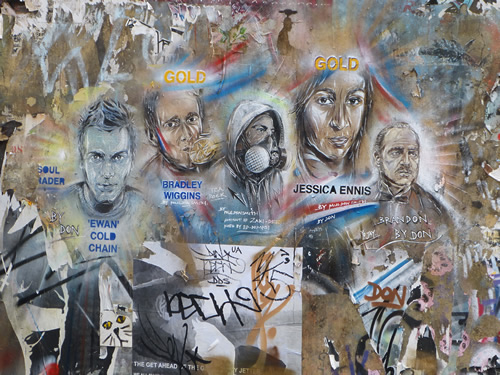
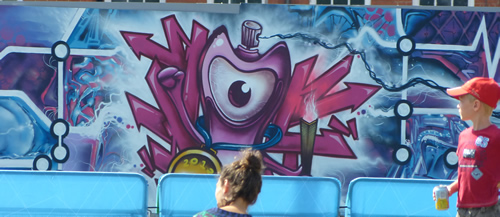
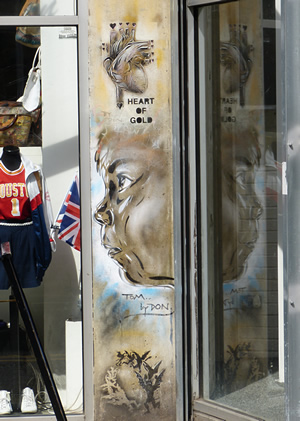
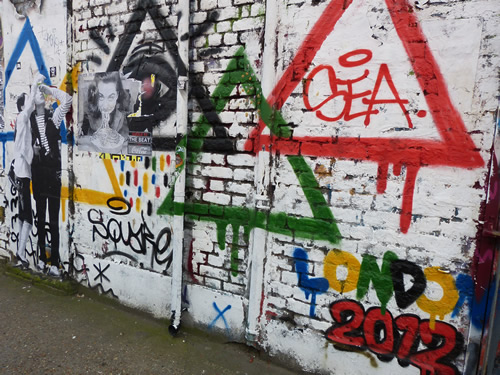
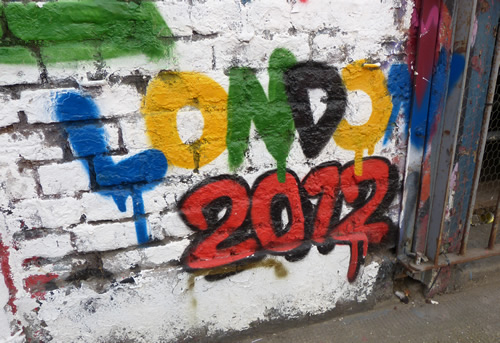
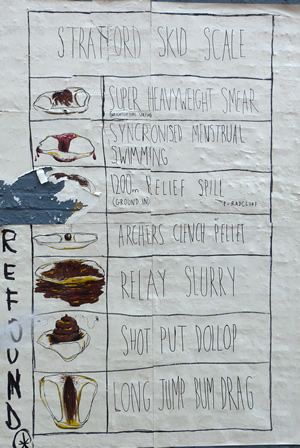
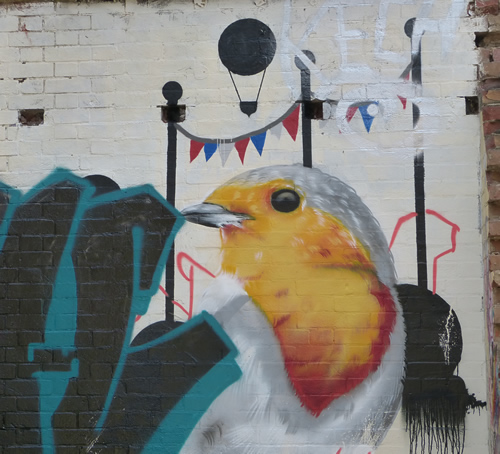
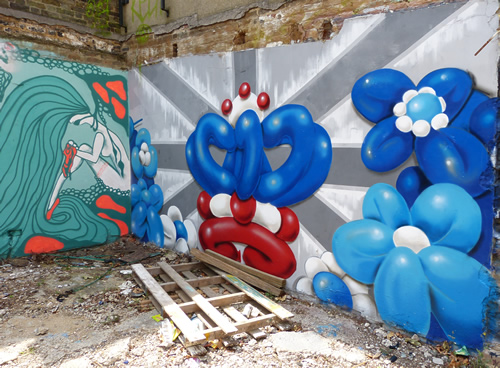
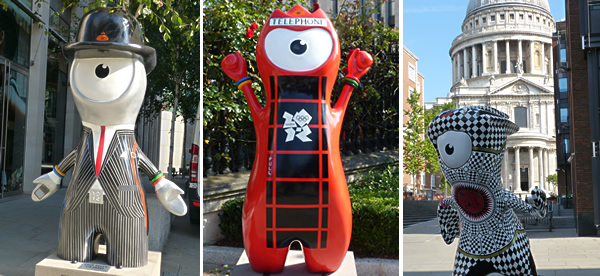
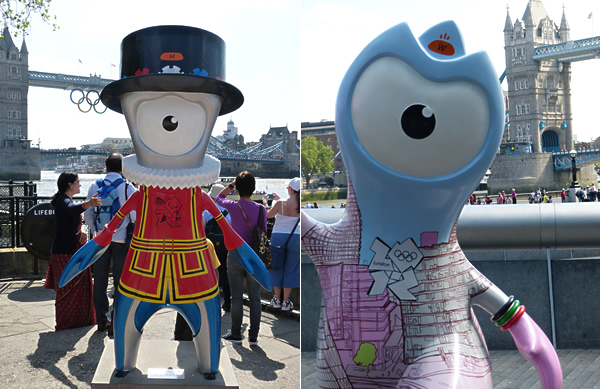
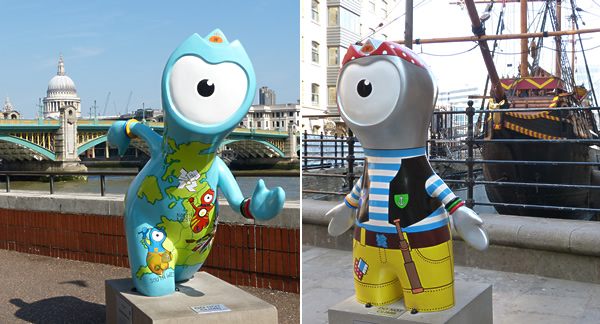
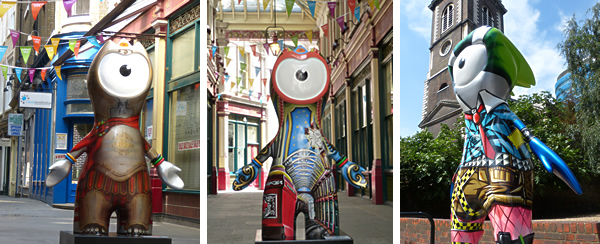
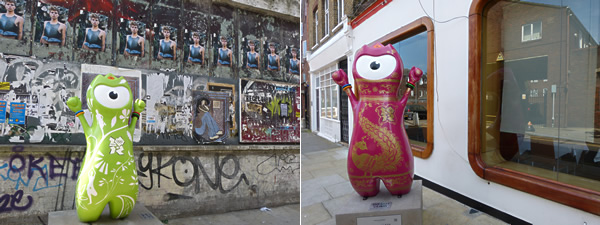
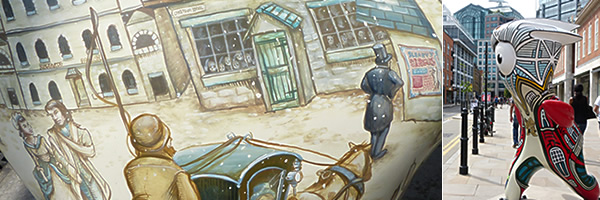
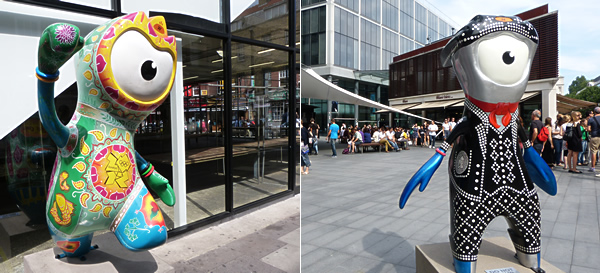
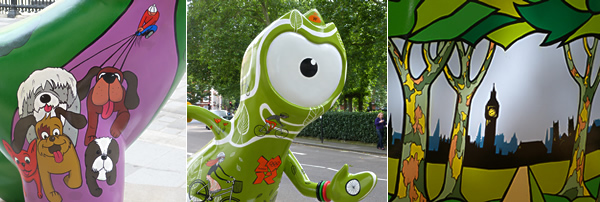

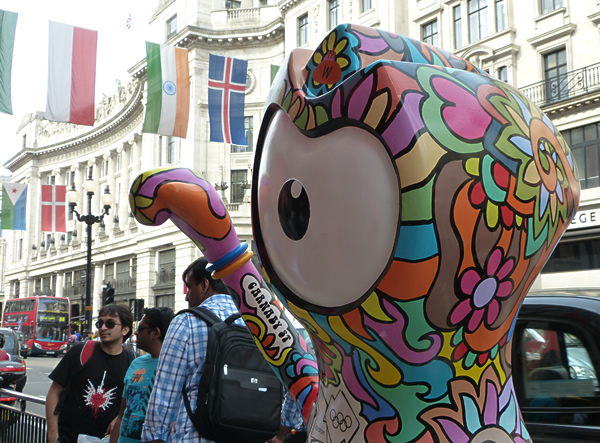
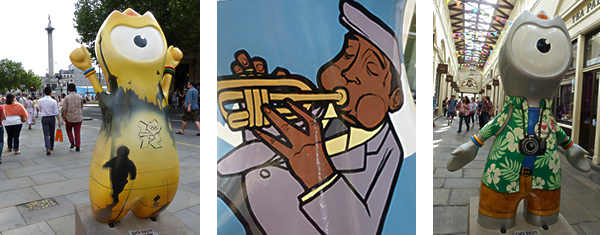
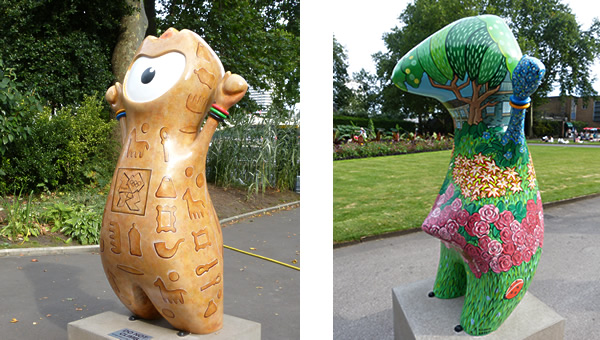

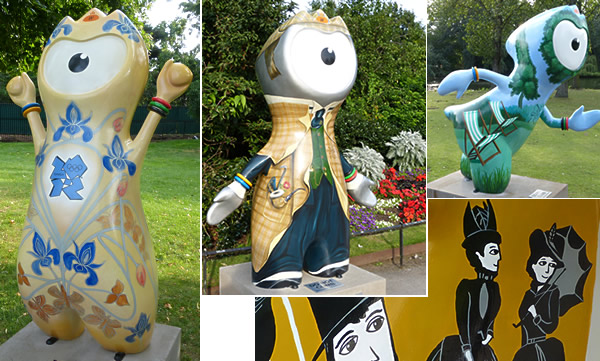
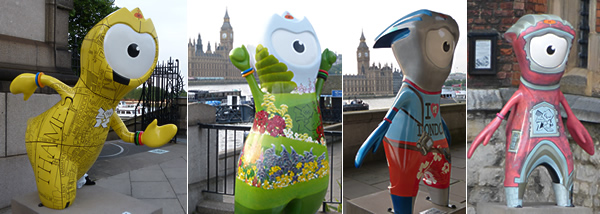
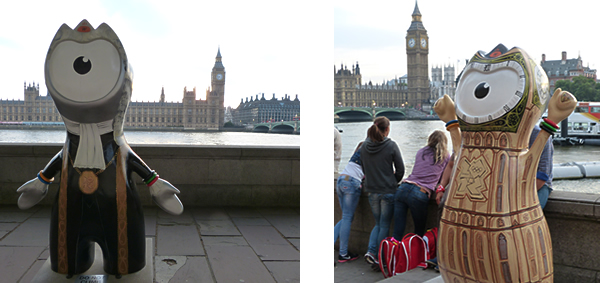
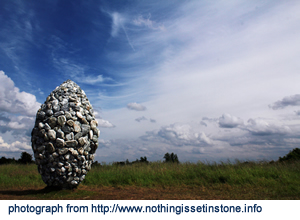
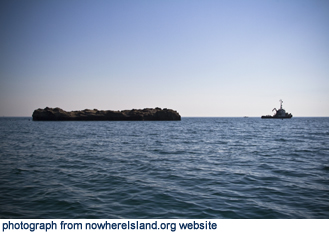
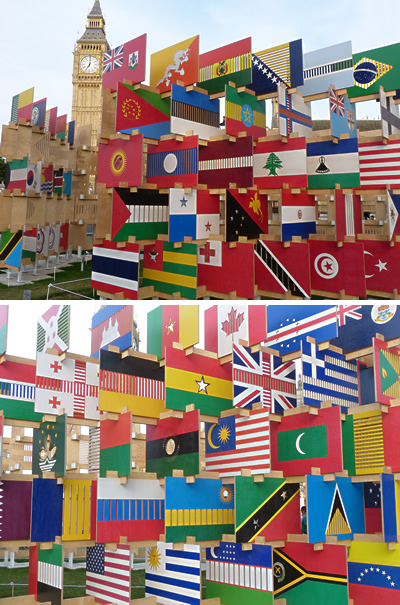
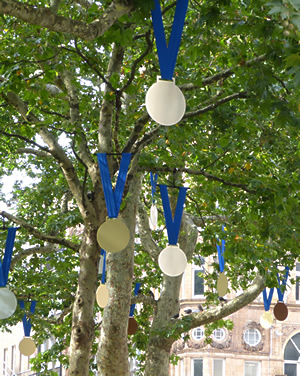
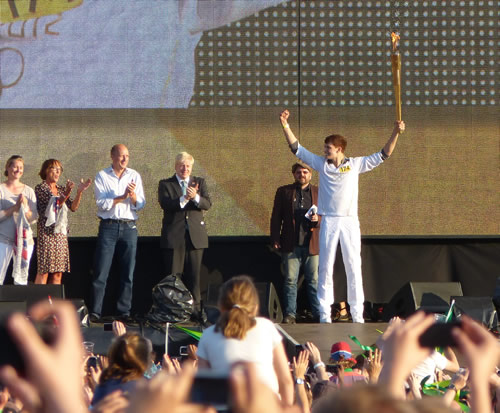
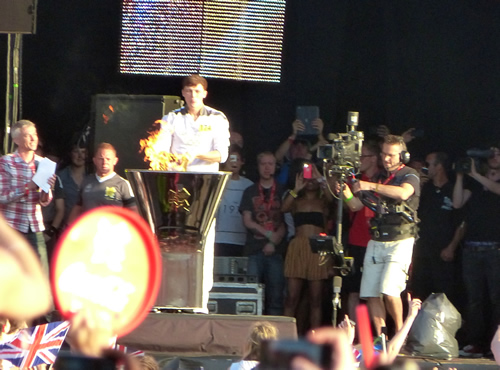
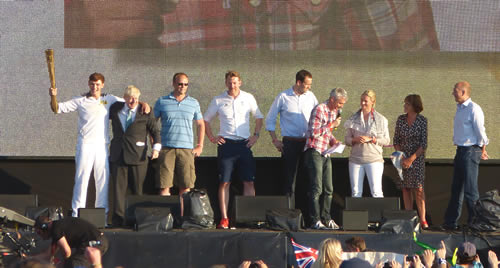
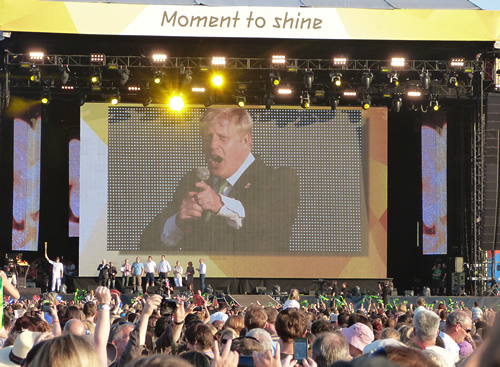
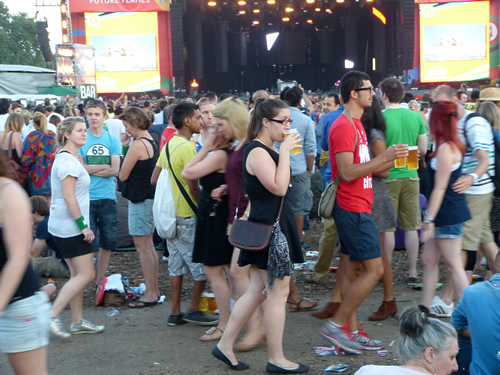
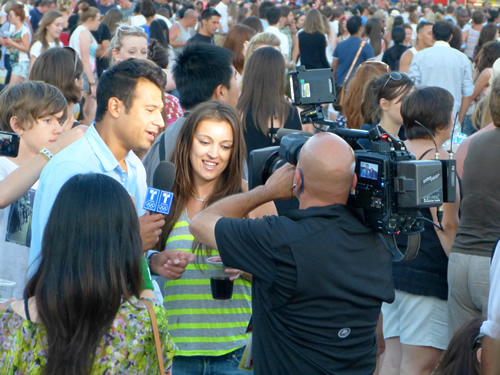
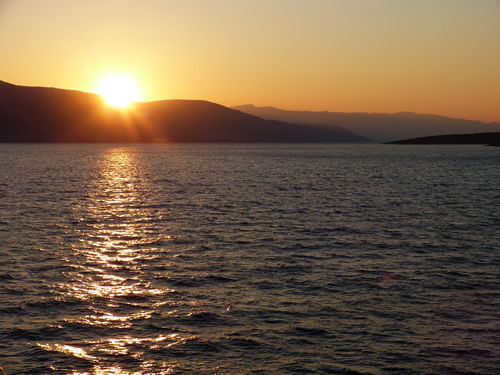
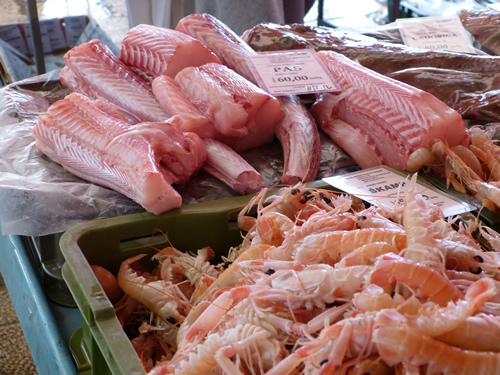
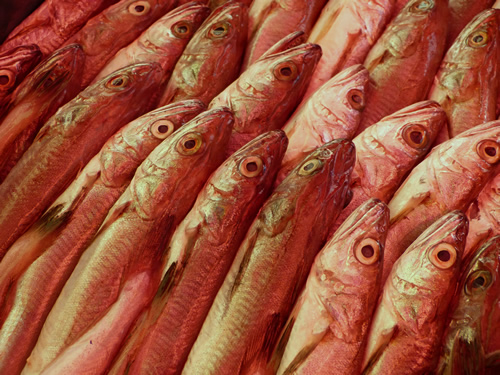
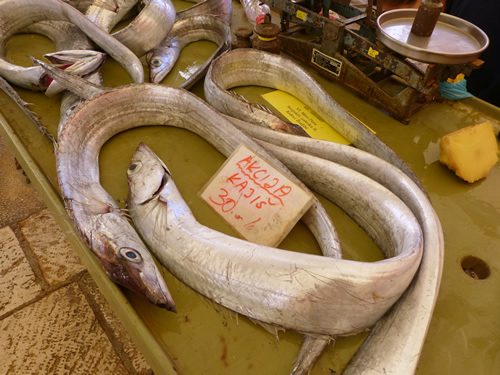
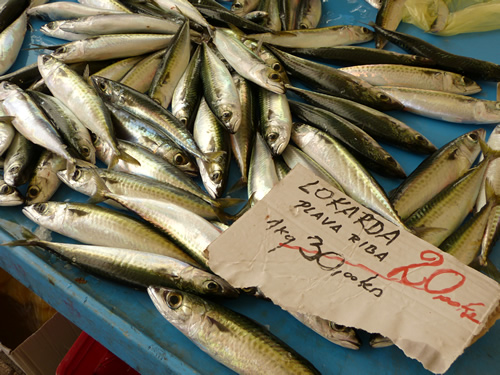

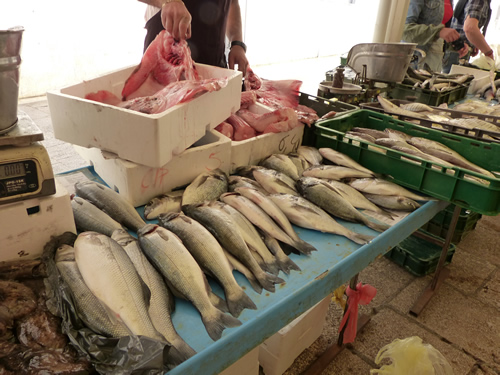
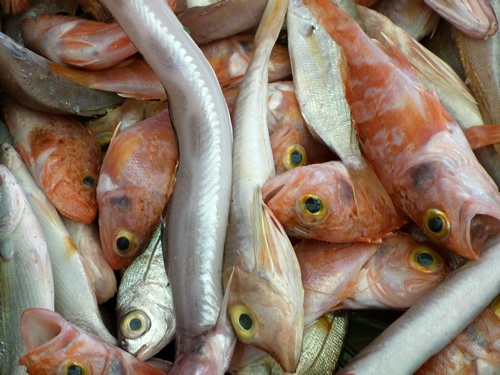
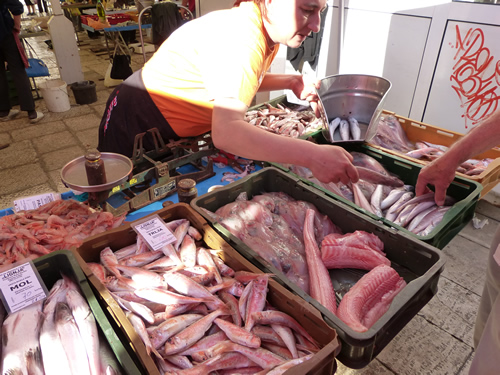
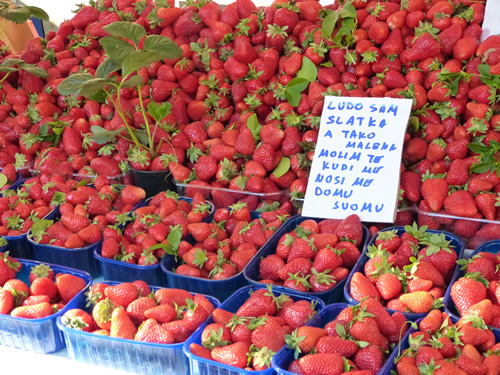
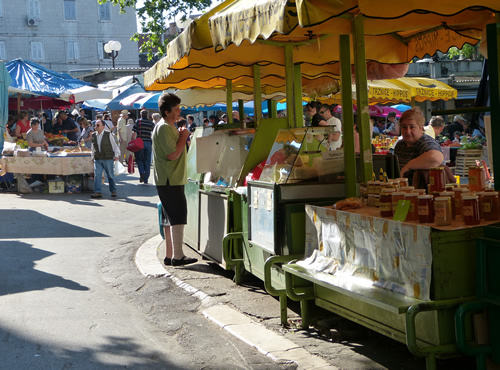
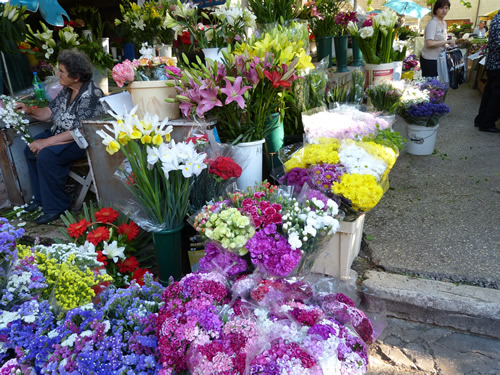
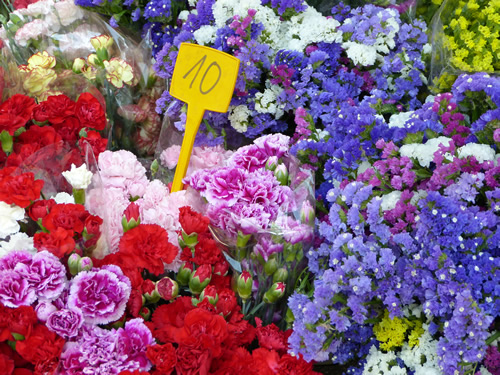
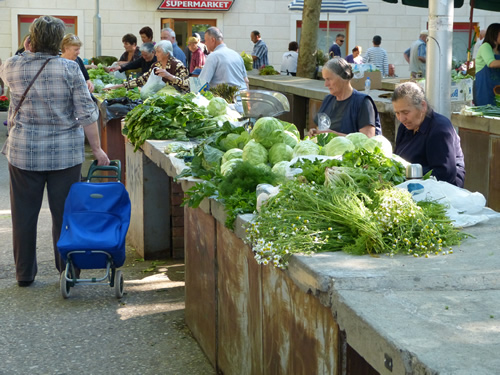
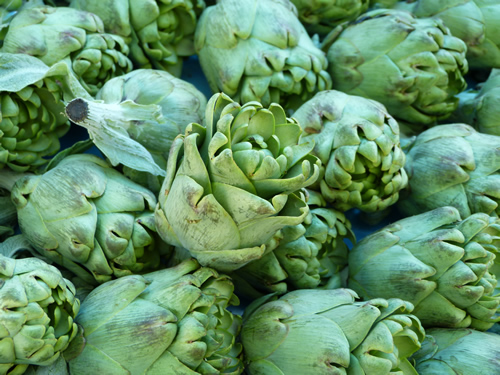
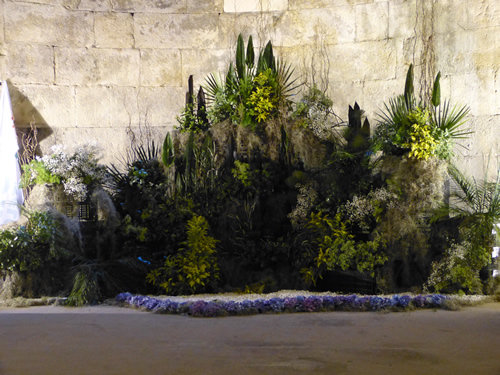
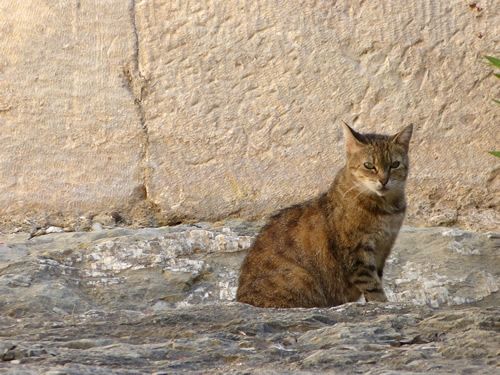
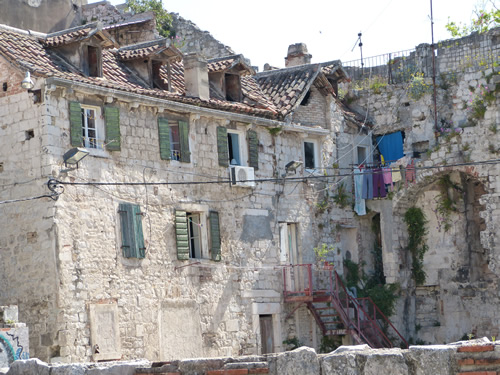
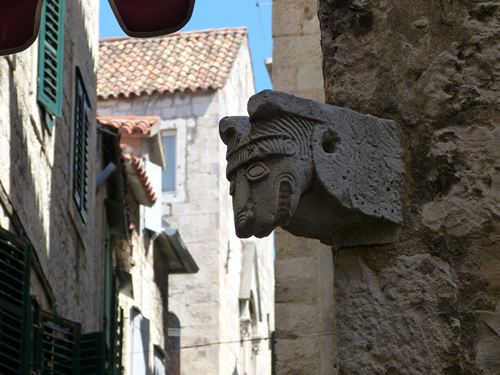
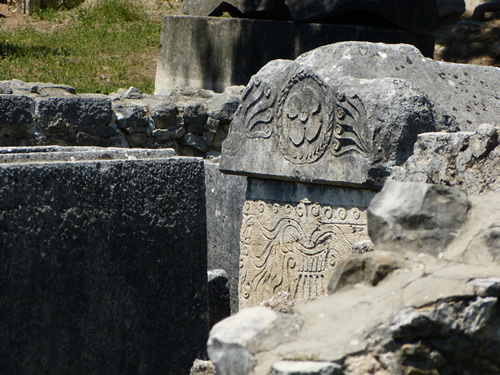
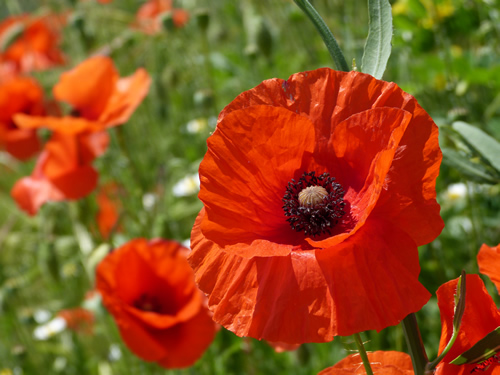
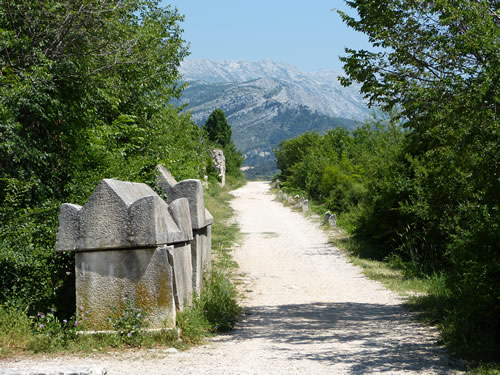
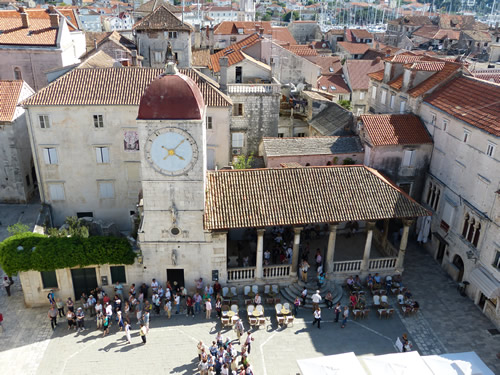
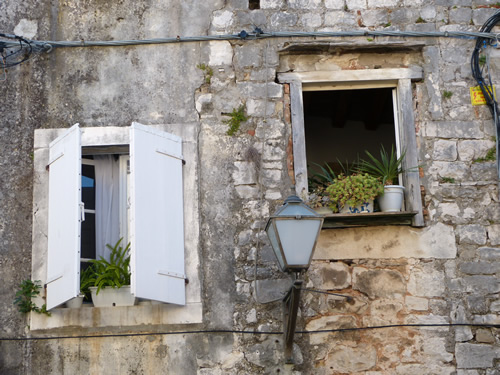
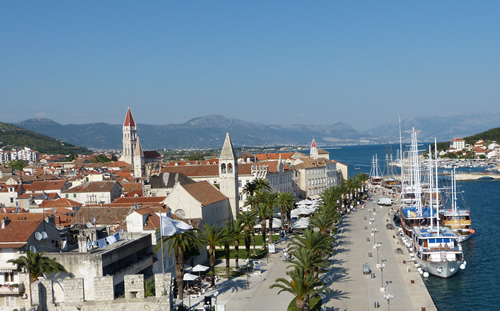
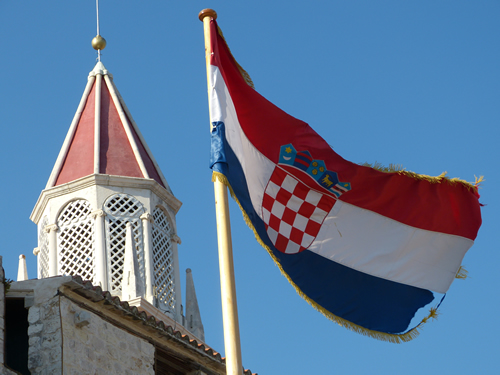
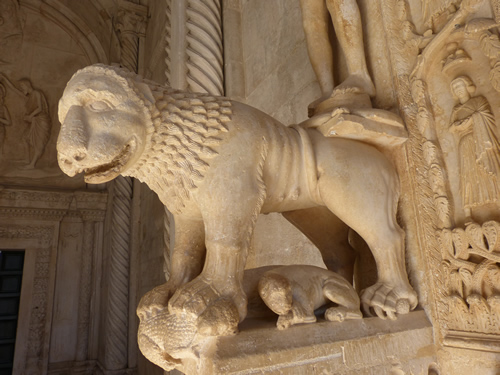
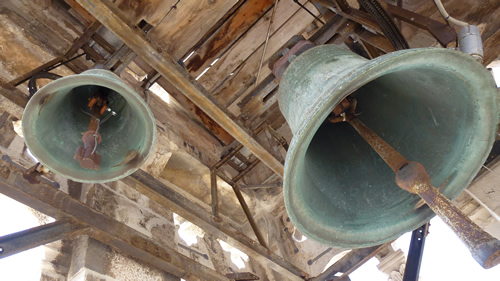
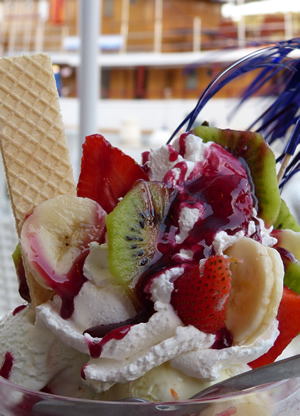
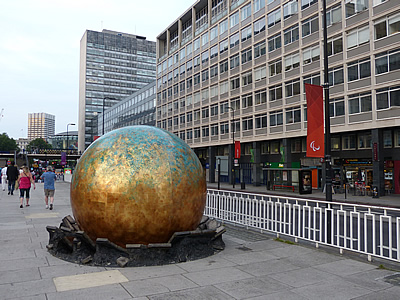
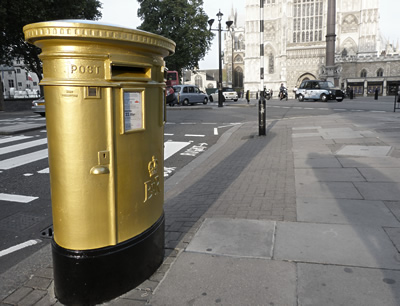
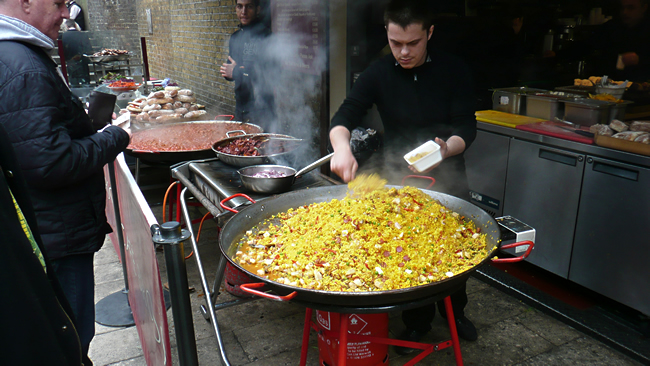
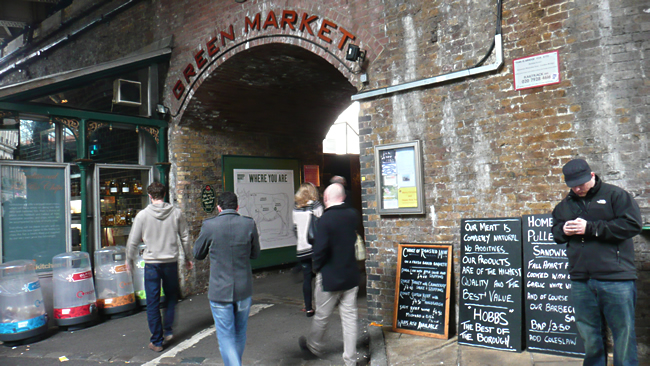
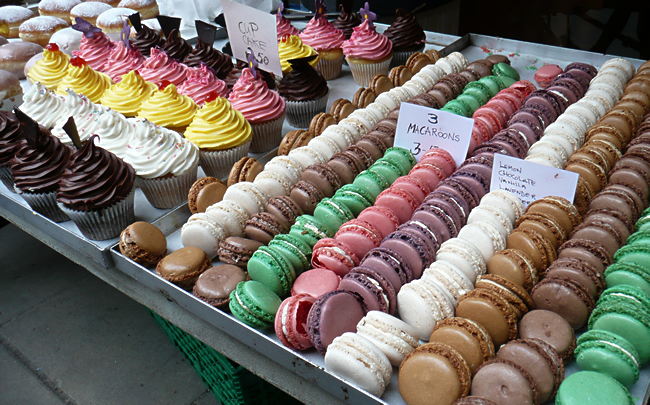
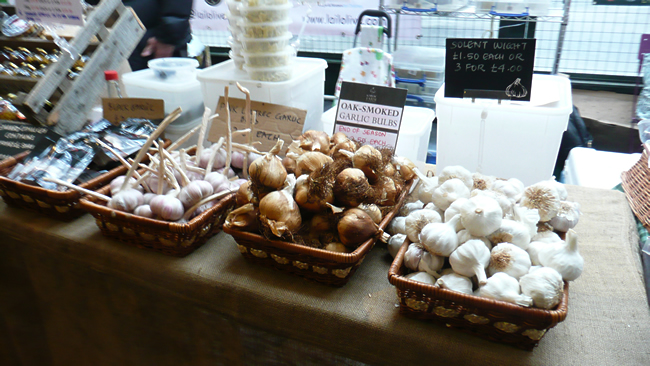
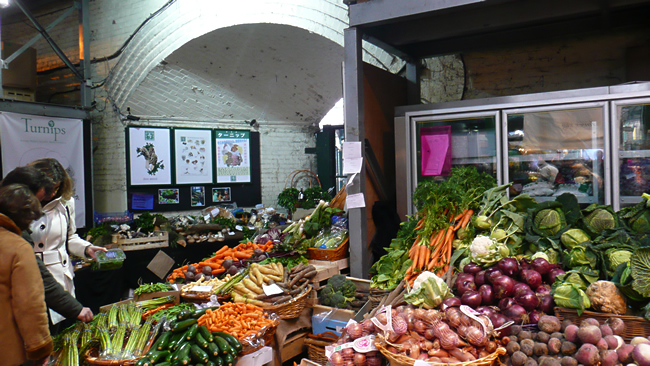
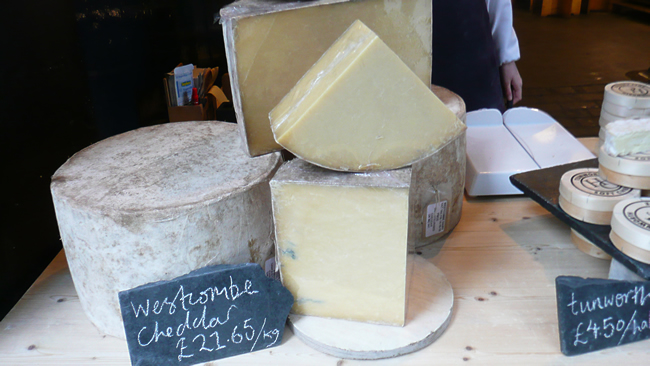
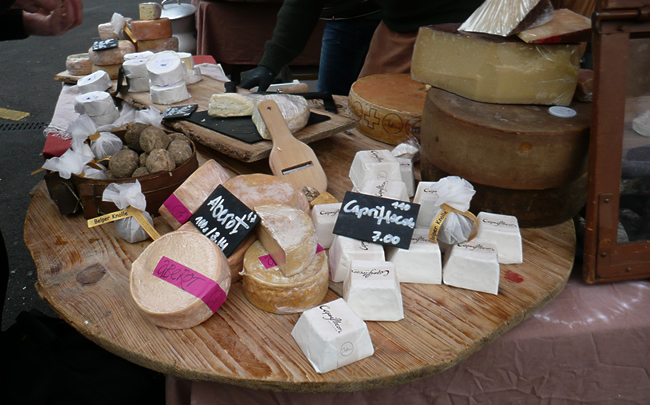
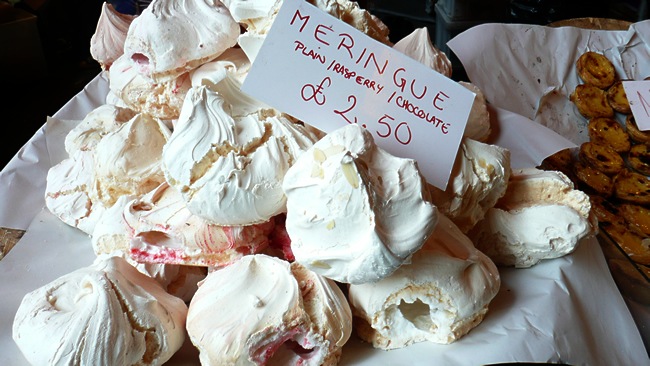
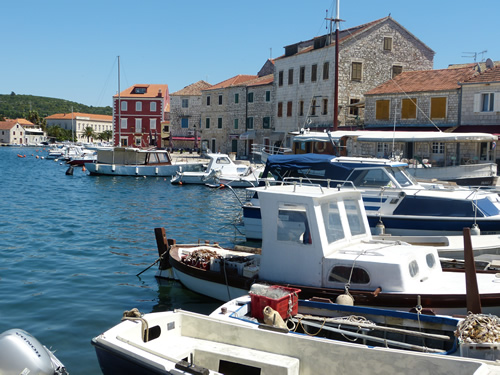
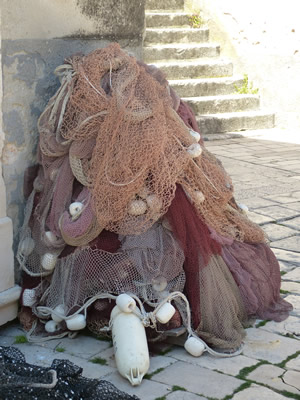
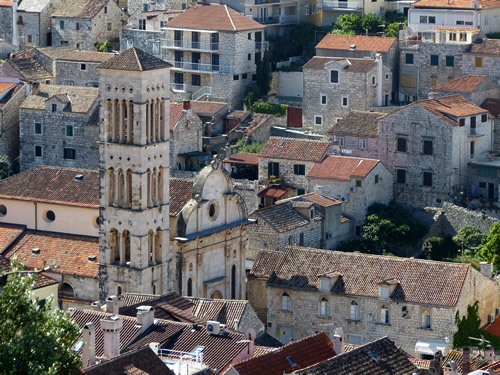
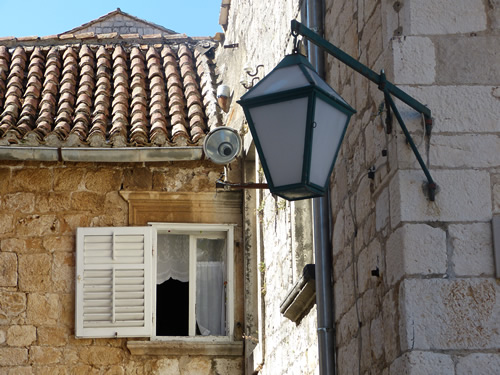

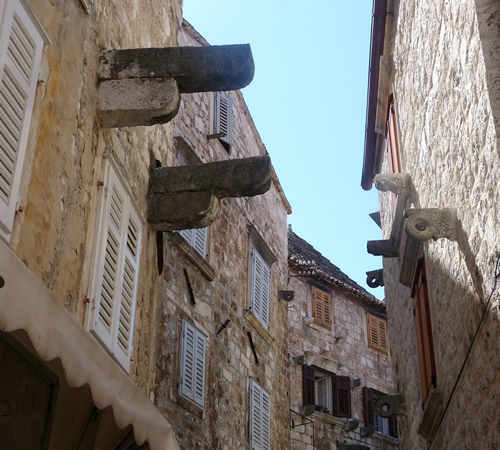

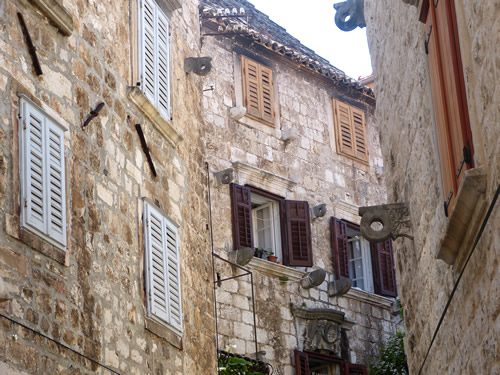
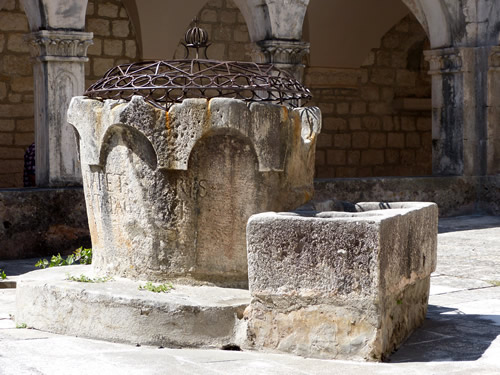
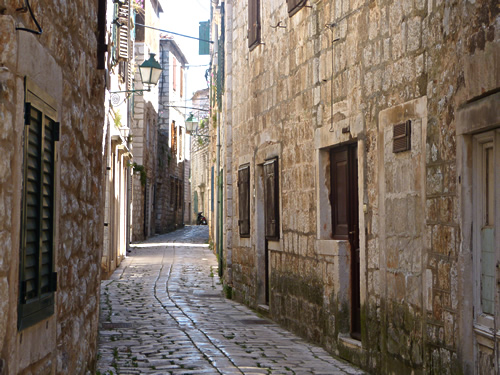
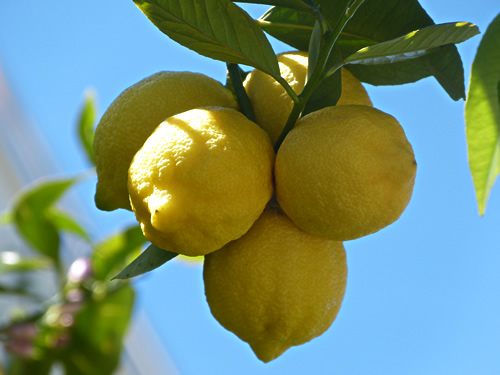

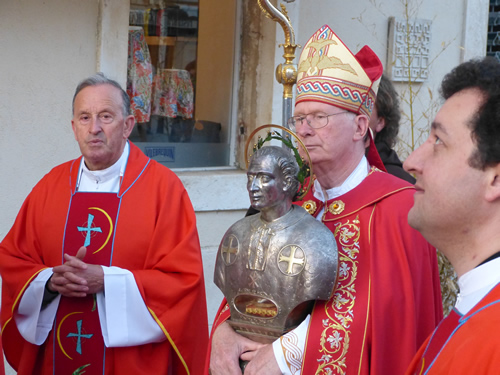
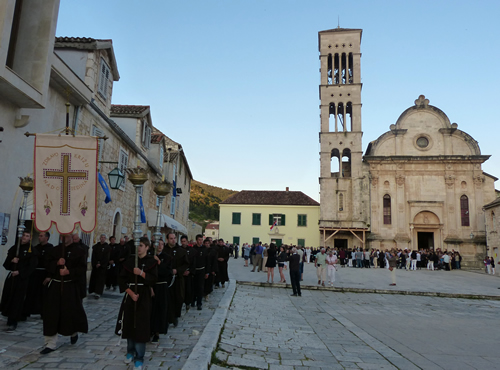
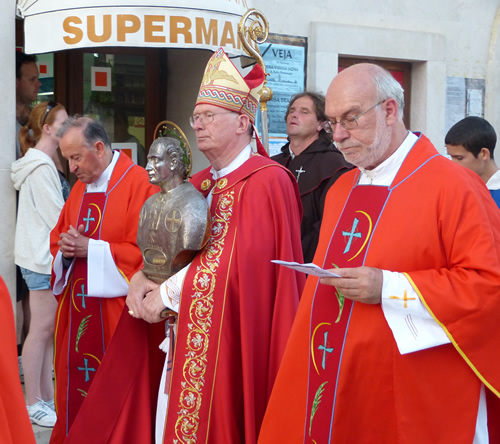
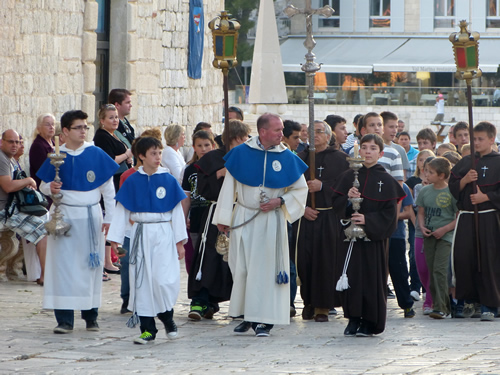
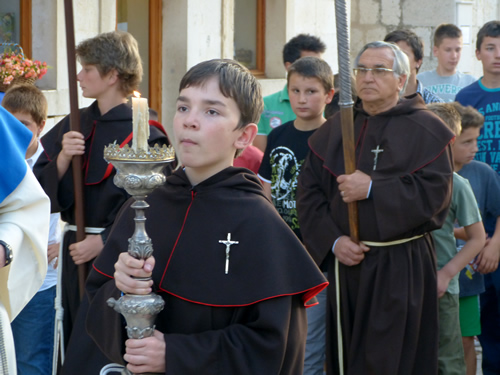

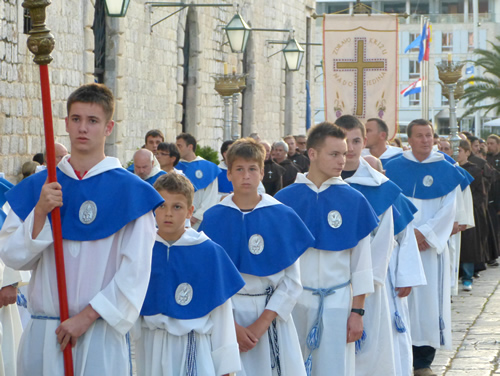
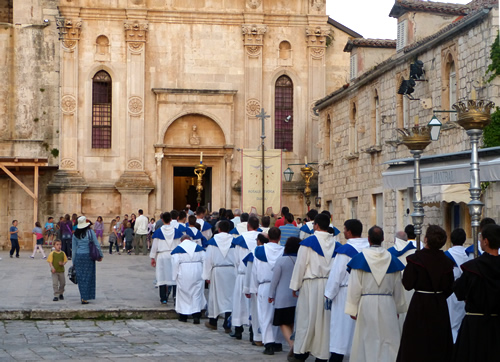
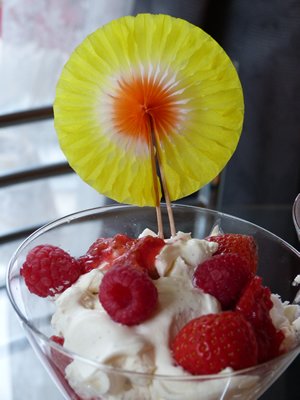

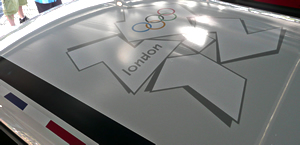
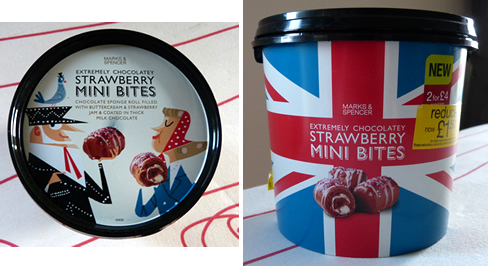
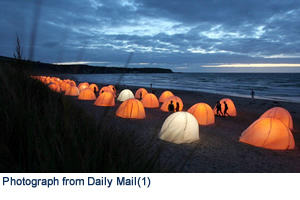
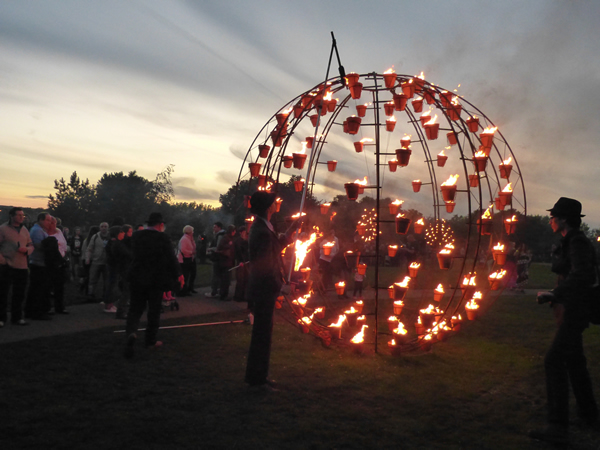

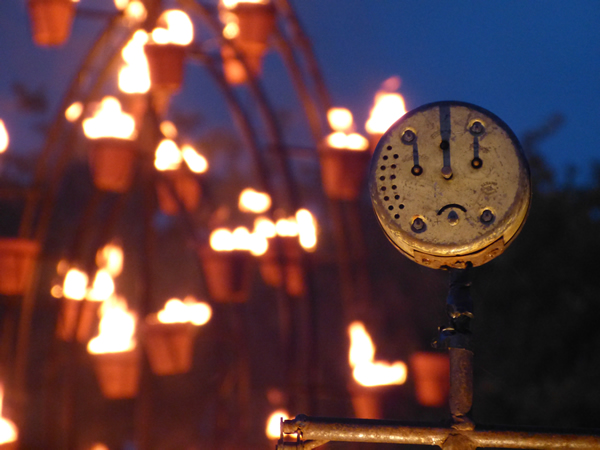
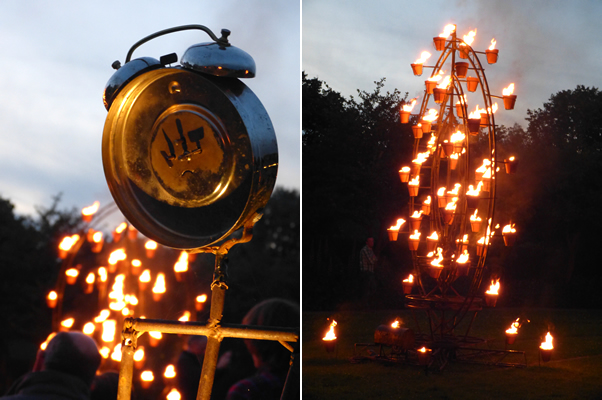
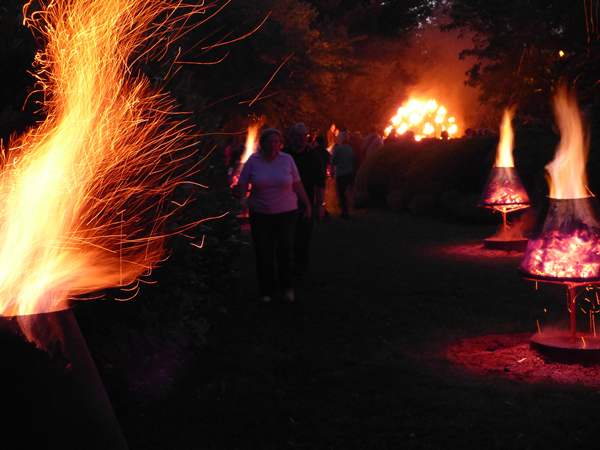
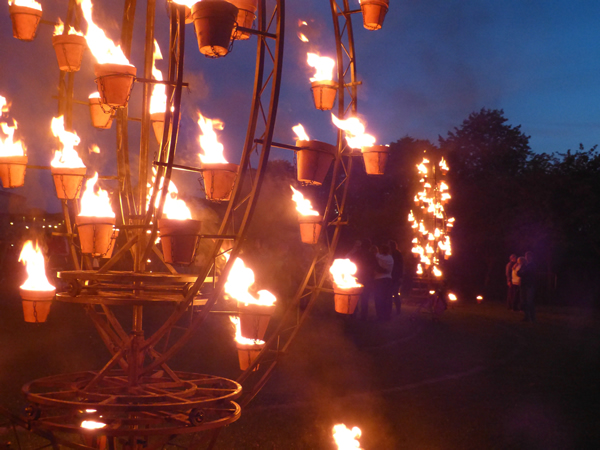
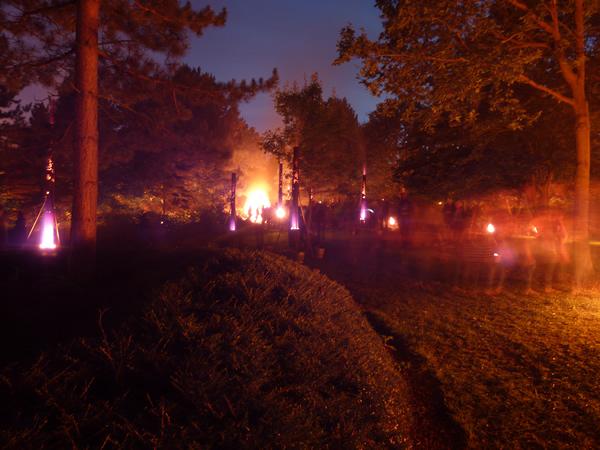
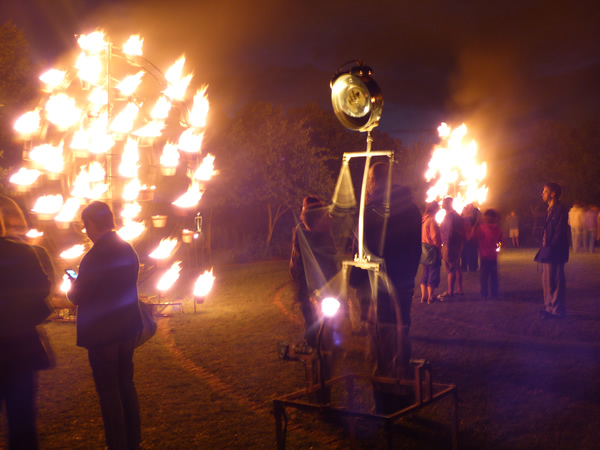
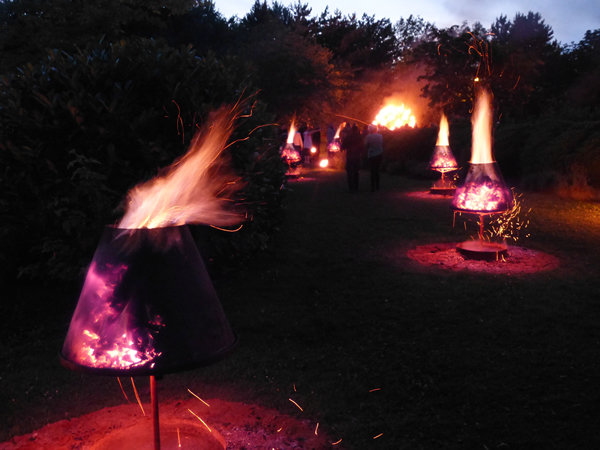
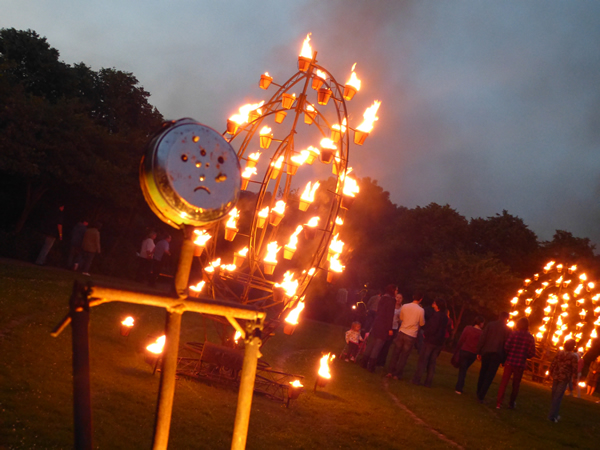
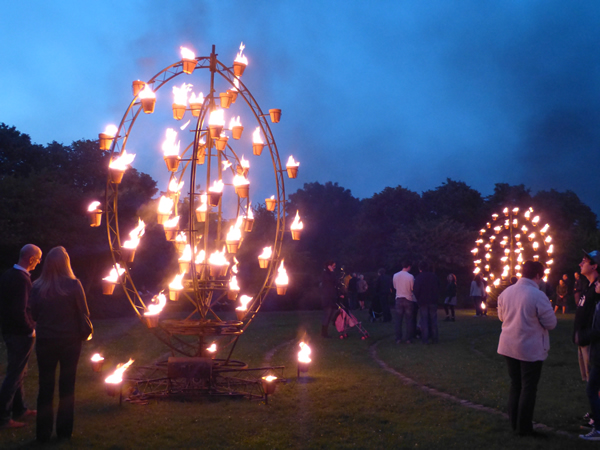
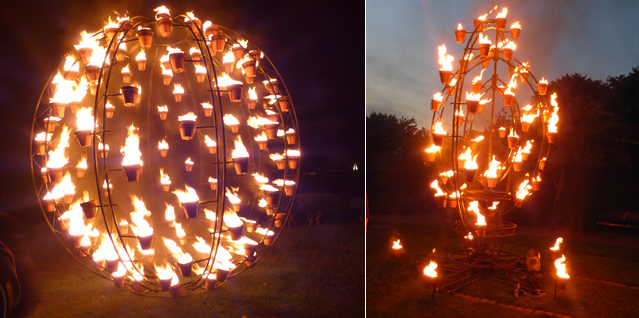
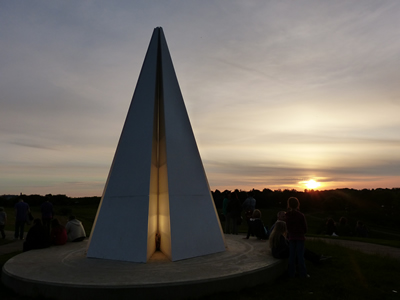

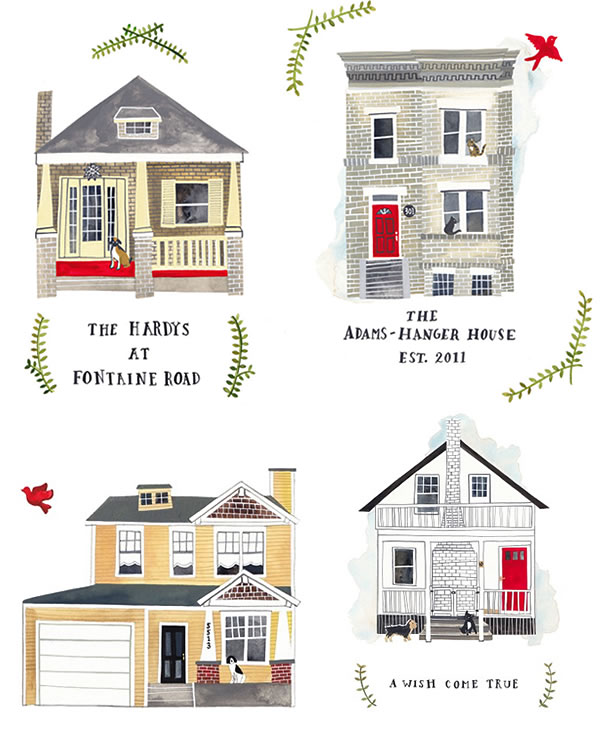
Recent Comments